Polish cuisine is renowned for its diversity of meat dishes, including hog, beef, and chicken, outstanding bread, numerous savoury and sweet dumplings, and masterfully pickled vegetables and fruits.
Potatoes, sauerkraut, sausages, cucumbers, beetroot, sour cream, mushrooms, and herbs like marjoram, dill, and fresh parsley are staples in Polish cooking.
Polish cuisine is affordable, delectable, and worth getting enthusiastic about.
You may find the most outstanding Polish food in quaint food spots, retro canteens, and Polish homes; you don’t need to dine in upscale restaurants to enjoy it.
Top 18 Traditional Foods From Poland To Try
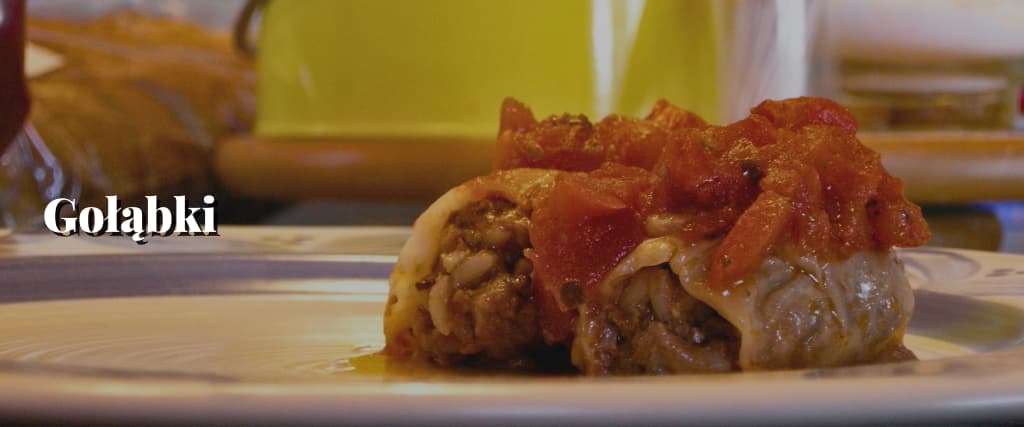
1. Gołąbki
This traditional dish contains cabbage leaves packed with ground beef, rice, chopped onions, and mushrooms.
When served, golabki is doused with a rich and flavorful tomato sauce. Many adore adding a generous dollop of sour cream to dishes to give them a creamy texture.
You may eat golabki alone or alongside cooked potatoes or bread.
Golabki is also available in nations like Turkey, Bulgaria, Croatia, and North Macedonia, to mention a few.
2. Gulasz
The famous pork stew is made in various ways across Central Europe.
Polish goulash is made with beef or pork, tomatoes, onions, peppers, and paprika, a critical spice that gives the meal its depth of flavour.
It’s commonly served with spaghetti, boiled potatoes, and a side of freshly baked bread to soak up the wonderful sauce.

3. Nalesniki
Nalesniki can be customised to your preferences and is frequently used for breakfast or snacks. Twaróg, jams, fruit, honey, Nutella, and cottage cheese are common sweet fillings.
Nalesniki can also include savoury cheese, meats, mushrooms, and sauerkraut.
These delicious crepes bring back memories of travelling throughout Slovakia while dining. Although poppy seeds are a reasonably standard filling in Slovakia, these crepes are also well-liked there.
Look for similar crepes in Slovakia, as it is the only inexpensive nation in Europe with delectable food.
4. Kotlet schabowy
This meal might be considered an accurate representation of Polish cuisine.
The delicacy known as schabowy, a thinly sliced pork cutlet that has been breaded, crumbed, and fried, has a very humble quality. It’s the pinnacle of home cooking.
It is served with pickled vegetable salad, shredded or whole-cooked beetroots, boiled potatoes, a little butter, and fresh dill.
5. Pierogi
Poland’s beloved pierogi is undoubtedly the nation’s most special dish. Interestingly enough, Americans tend to say “pierogis,” but in reality, pierogi is already plural! Prepared with thin dough and filled with delightful savoury or sweet ingredients, these dumplings can be served as an entrée, a main course, or even dessert – whatever you want.
You might be familiar with this meal if you have heard of Polish food before reading this page. Undoubtedly, pierogi are the most popular dish in Poland—older, traditional Polish food.
Pierogi are little sachets of thinly rolled dough or dumplings stuffed with various sweet or savoury ingredients.
Potatoes with fried onions, pork, spinach and cheese, mushrooms & sauerkraut, sweetened cottage cheese with seasonal fruit and raisins, and other ingredients are common pierogi fillings.
Pierogi can be ordered fried or boiled, but to honour Polish culinary customs, eat them cooked with caramelised onions and butter on top.
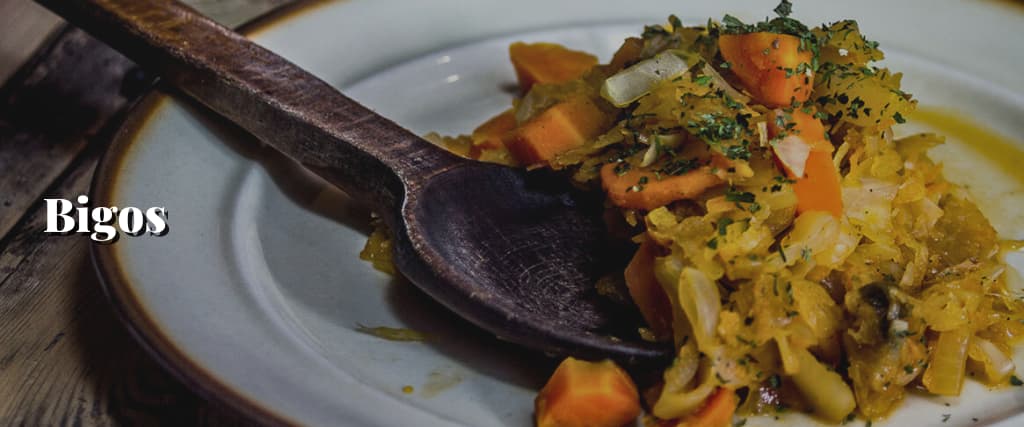
6. Bigos
This dish comprises spices such as shredded cabbage and sauerkraut, various meats and sausages, dried prunes, onions, tomatoes, and mushrooms.
This recipe requires several hours of careful cooking on low heat so that all the flavours may meld together and the scent can fill the home.
Poles enjoy pickling their cuisine. The Polish pickled cucumber differs slightly from the conventional gherkin you may be accustomed to; it is pretty sour, has a strong dill flavour, and is made in a manner resembling kosher-style pickles.
Shorter-term pickling of cucumbers results in a distinct, less sour flavour than longer-term pickling. Ogórek mostly translates to “low-salt cucumber,” their name. There is also kiszona kapusta, which is technically translated to mean sauerkraut but may seem weird because of how it is made.
Bigos is a hearty stew described as “hunter’s stew” and is cooked with various chopped portions of meat, sauerkraut, and finely shredded raw cabbage.
Although the recipe varies from home to home, it is typically described as the Polish equivalent of chilli and is quite hearty.
7. Kotlet Mielony
The Kotlet Mielony is a flat, pan-fried meatball with a coating, much like the Danish meatballs. Usually, they go well with boiled potatoes or a cold salad made of pickled or boiled beetroots, sauerkraut, or other vegetables.
8. Pyzy & Knedle
A pyzy is a giant dumpling with twarog cheese, mushroom filling, or meat. This enormous oval-shaped dumpling is cooked and served in two or three quantities.
A giant oval-shaped dumpling known as a “pyzy” is packed with pork, twarog cheese, or mushroom filling before being cooked in water. Because they are so large, a main dish typically only includes two or three.
Similar dishes called “knedle” are prepared from potato dough and packed with fruit-like plums, which are both somewhat sweet and acidic. As a result, they may be served as a side dish or a dessert.
This delicious treat tastes best when accompanied by a dollop of twarog cheese.
The kneel originated in the Austro-Hungarian Empire and is common in nations in Central and Eastern Europe. This recipe is one that we picked up in Belgrade, Serbia.
In addition to the terrific meal, the cooking class we took was a tonne of fun.
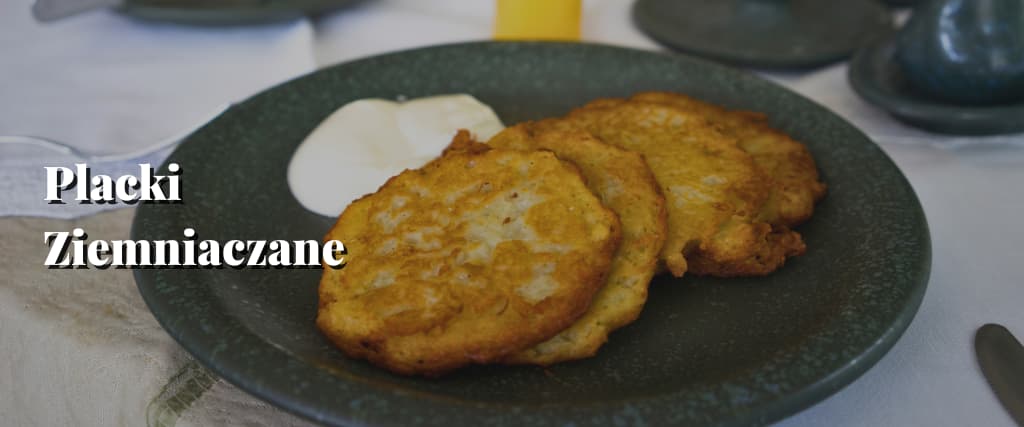
9. Placki Ziemniaczane
The main components are grated potatoes, eggs, onions, flour, occasionally fresh garlic, and a few herbs and spices for flavour; however, the recipe might vary significantly.
The potato cakes are put in a medium-sized skillet over medium heat, flattened, and cooked until brown in a liberal amount of vegetable oil.
Enjoy with sour cream or shiitake sauce on top!

10. Paczki
The Polish form of doughnuts, known as paczki, is arguably the greatest. This deep-fried dough is topped with icing sugar or sugared frosting and filled with homemade jam, fruit, chocolate, lemon curd, or custard.
Although we had a variety of paczki in Poland, this rosehip jam-filled one from Goraca Paczkarnia in Wroclaw stood out as the best. That was exquisite.
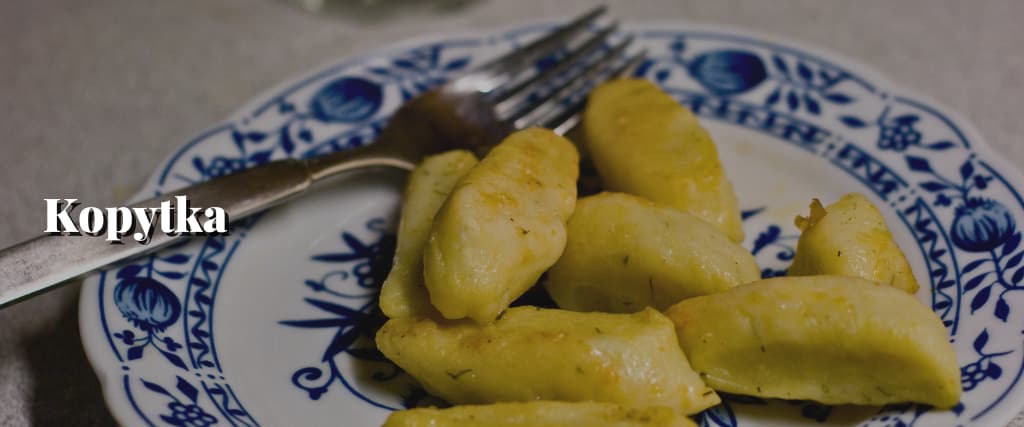
11. Kopytka
A simple yet excellent traditional meal from Poland is called kopytka. You may eat these potato dumplings in the form of diamonds as a main meal or a side dish.
Kopytka, similar to Italian gnocchi, is topped with different sauces or toppings. The most famous toppings are tomato sauce, cooked with fresh garlic, mushrooms and onions, and even breadcrumbs that have been pan-fried in butter.
Kids love kopytka because they can put whatever they choose on top of it.
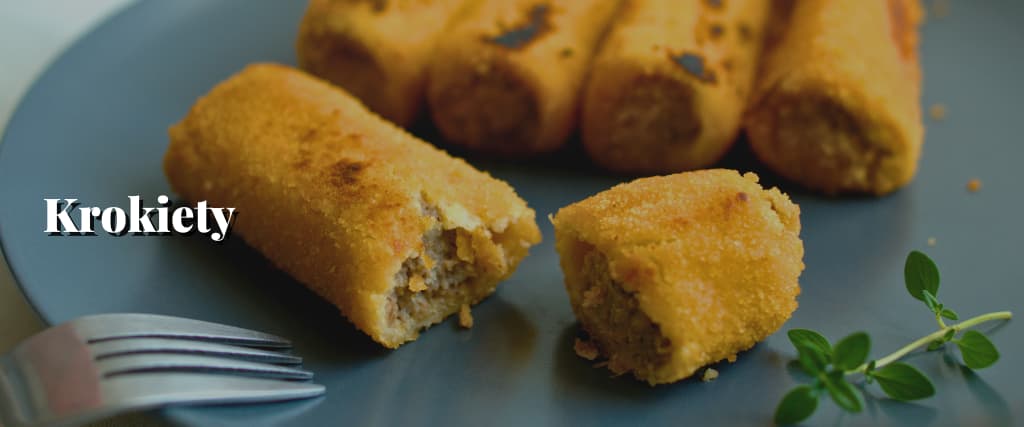
12. Krokiety
In essence, krokiety are filled crepes (Nalesniki) that have been breadcrumb-coated and cooked till golden and delectable.
This popular Polish dish is frequently packed with either mushrooms and fried onions or pork and cabbage. Borscht, a sour soup famous in Poland, Eastern Europe, and Northern Asia, is typically served alongside it.
13. Rosol
Maybe the most popular and easily accessible soup is offered in Poland. Polish chicken soup is called rozol. It is simple, fast, easy to make, and frequently served with handmade noodles.
For this recipe, chicken wings or legs work well as the chicken parts. The other ingredients include onions, carrots, leeks, parsnips, bay leaves, kohlrabi, parsley, peppercorns, salt, and pepper.

14. Makowiec
Polish desserts like these are always excellent, exceptionally when still warm from the oven.
You can get this poppy seed-filled strudel or rolled dough at any Polish bakery.
The combination within Makowiec can also contain butter, sugar, raisins, and walnuts; it’s the ideal complement to your mid-morning beverage.

15. Kabanosy
These Polish sausages are so delicious that many consider them the best meat sticks on the planet. Indeed, it’s a significant decision, but you must taste it to make up your mind.
How come they are so good?
The preparation, salting, and curing of the sausage are everything. This delicate, thin sausage may be made in three months to a year.
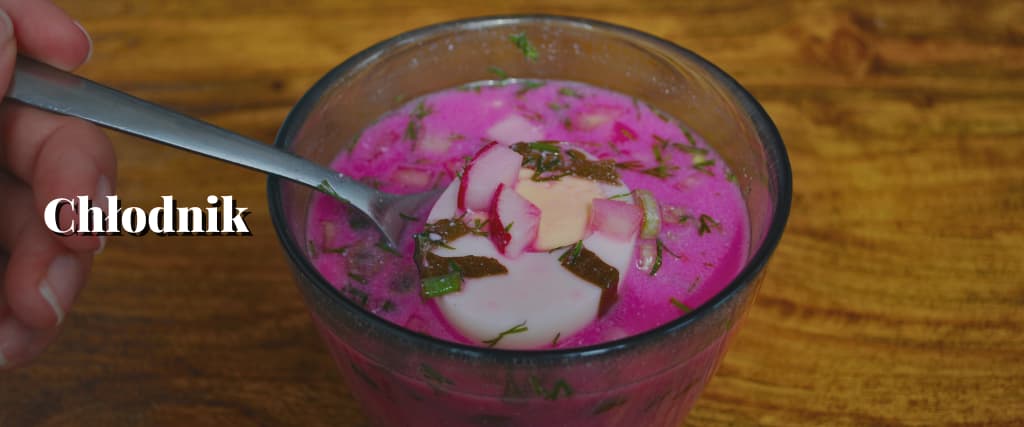
16. Chłodnik
A famous Polish soup prepared of cucumbers, beetroots, and dill.
This soup is chilly and has a colour that is either deep red or pink and resembles borscht. Don’t pass it up—it might seem strange, but it’s flavorful and flavoured!
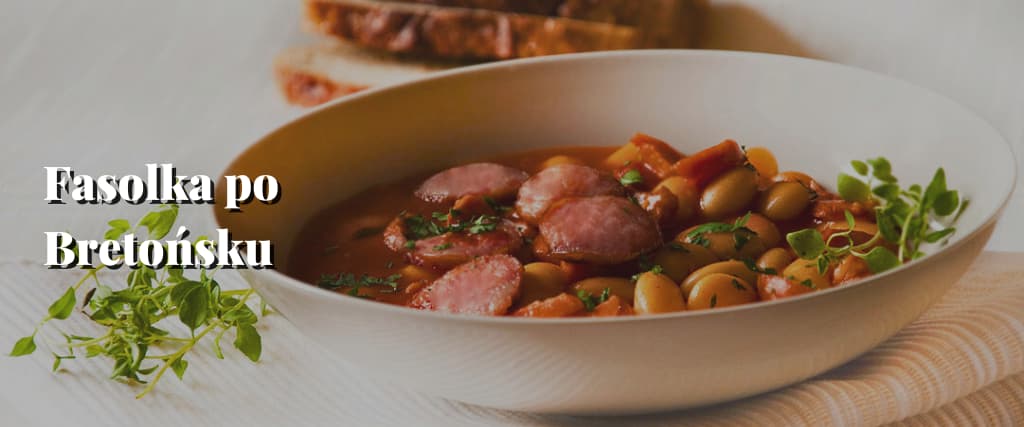
17. Fasolka po Bretońsku
The Polish version of homemade beans is this meal. Sausage and smoked bacon are added to the Haricot beans, tomatoes, spices, and other ingredients to give it a smoky flavour.
With this entrée, warm, fresh crusty bread is frequently offered. It’s also well-liked in other European nations, and many have happy memories of consuming a meal resembling this in Lake Ohrid in North Macedonia.
18. Oscypek & Bryndza Cheeses
After tasting these cheeses, returning to the bland cheddar or delectable cheeses you may be accustomed to eating at home might be challenging.
Polish cuisine traditionally included cheeses like Oscypek and Bryndza. Sheep’s milk from the Tatra Mountains in southern Poland’s mountain pastures is used to make this cheese.
This cheese’s delicious smoky flavour was acquired during preparations by smoking it in a wooden oven or hut known as a Bacowska.
Conclusion
This Polish cuisine cookbook is fantastic if you like learning more about traditional foods from Poland. There are so many unique Polish cuisine dishes. Why not make some of these mouthwatering delicacies at home?
If you’re planning a trip to Poland, read about our top 8 cities to see there. And trust us when we say you shouldn’t miss Zalipie, the prettiest village in the country.
